Arctostaphylos columbiana is a species of manzanita known by the common name hairy manzanita. This large manzanita is a treelike shrub occasionally reaching heights of up to ten meters. It is erect with hairy branches, the smaller twigs bearing long bristles tipped with sticky glands. The small, white, urn-shaped flowers are borne in bunched flower clusters. The fruit is a red drupe about a centimeter in diameter. The seed requires either fire or consumption by animals in order for germination to occur. This manzanita grows in forested areas and has been known to become a weed on Christmas tree farms. Description from calscape.org
Home > Plant Guide >
Scientific Name
Family
Garden Type
Wildlife
Native Plant Region
Light needs
Water Needs
Plant Type
Bloom Color(s)
Height
Width
Months in Bloom
Safe Beneath Power Lines?

We’d like to maintain accurate and robust plant listings. If you see information that is not correct or that could be added to improve the listing, please let us know. Or if you’d like to suggest a plant to add to our plant guide, you can use this form do so. Thank you!
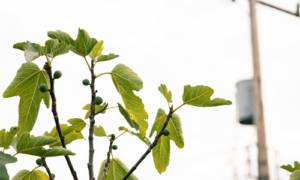
Learn about the diversity in pigeon populations in the United States and the implications of this variability on the species.
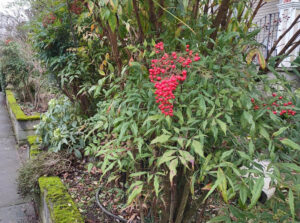
Some introduced plant species can diminish biodiversity. Other plants produce poisons that can harm wildlife. Learn what plants to avoid when figuring out what to plant or remove in your outdoor space.

Learn about diversifying the way architecture is taught and practiced from designers of color.
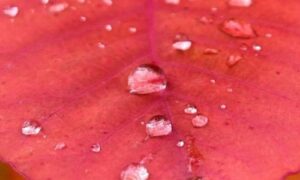
Seattle neighborhoods are full of wildlife and wild things. We’ve compiled a few exercises to help you slow down and appreciate the nature that surrounds you.
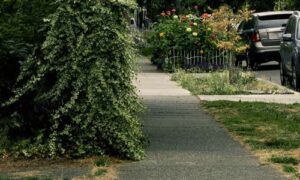
Start a garden in a planting strip along the street. Explore our interactive corridor map, find what to grow, and start nurturing today.
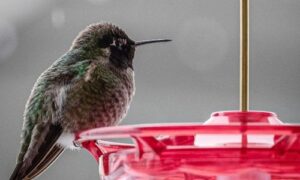
The urban environment presents dangers to wildlife that they are not always adapted to overcome. Reducing urban hazards is an essential part of enhancing habitat in cities. After all, we do not want to lure wildlife into our neighborhoods only to have them fatally collide with our windows.
Nature of Your Neighborhood is a collaboration between Birds Connect Seattle, the Capitol Hill EcoDistrict, and the Seattle Bird Conservation Partnership. Our goal is to foster relationships between the people and the nature of their neighborhoods.